10 Best Herbal Tinctures For Fungal Infection
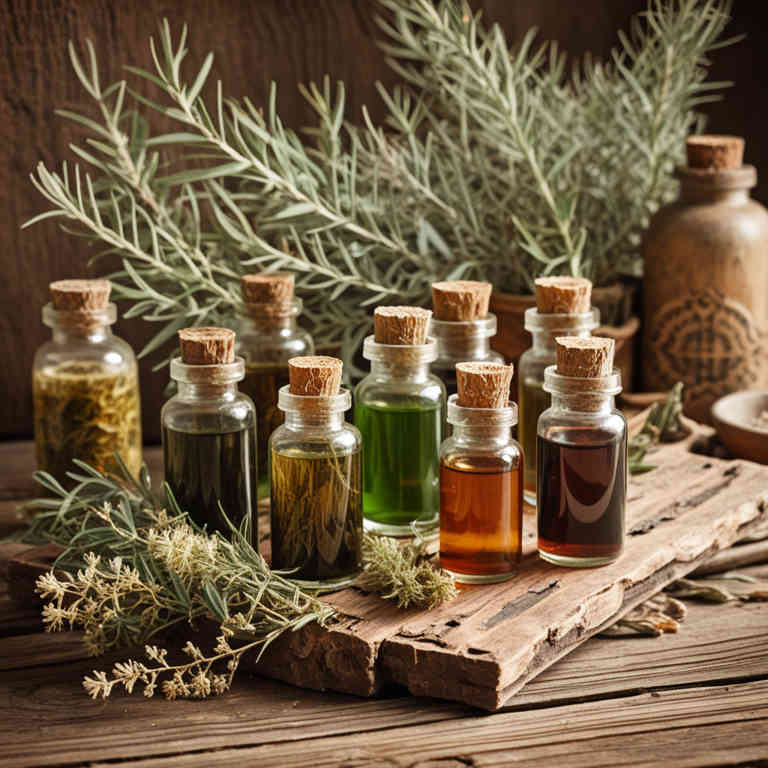
Herbal tinctures are concentrated liquid preparations made by soaking herbs in alcohol or another solvent, and they are often used as natural remedies for fungal infections.
These tinctures typically contain antifungal herbs such as garlic, tea tree oil, echinacea, and calendula, which have been traditionally used to combat fungal growth. They work by delivering potent bioactive compounds that inhibit the growth of fungi and may help reduce symptoms like itching and inflammation. While herbal tinctures can be effective for mild infections, they should not replace professional medical advice, especially for severe or persistent fungal conditions.
It is important to consult a healthcare provider before using herbal tinctures to ensure safety and appropriateness for individual health conditions.
FREE COURSE
How to make medicinal herbal tinctures for common ailments at home and in a weekend (using the Healing Drops System).

Table of Contents
1. Hypericum perforatum
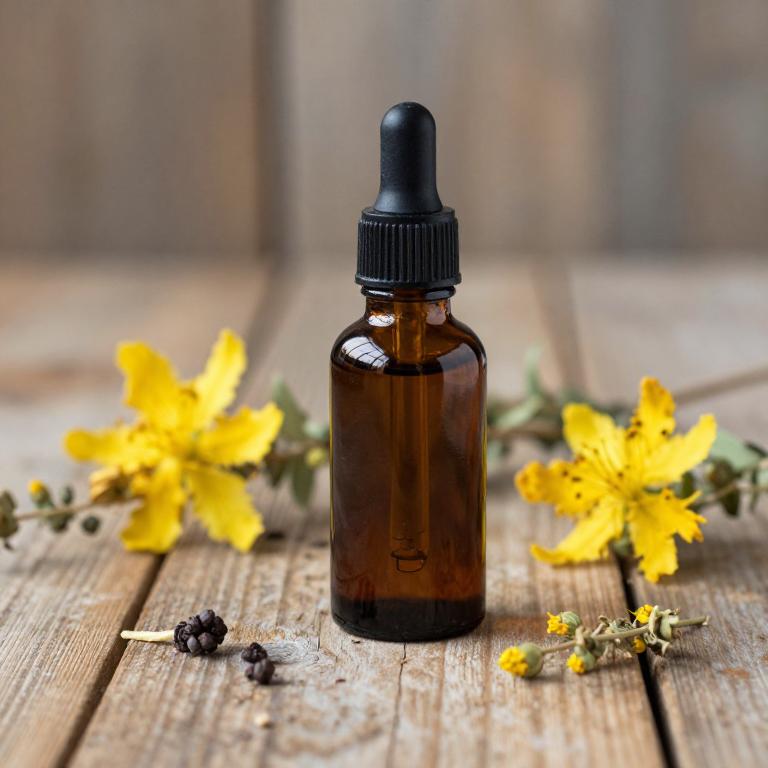
Hypericum perforatum, commonly known as St. John's wort, is a plant that has been traditionally used for its therapeutic properties, including its potential to combat fungal infections.
Herbal tinctures made from Hypericum perforatum are concentrated extracts of the plant's leaves and flowers, often prepared using alcohol as a solvent to preserve and enhance the active compounds. These tinctures are believed to possess antimicrobial and antifungal properties, primarily due to the presence of hypericin and other flavonoids. They may be used topically to treat skin infections caused by fungi, such as athlete's foot or ringworm, though they should be used with caution due to potential interactions with other medications.
While some studies suggest efficacy, more research is needed to fully establish their safety and effectiveness for fungal infections.
2. Aloe barbadensis

Aloe barbadensis, commonly known as aloe vera, has been widely recognized for its medicinal properties, including its potential in treating fungal infections when used in the form of herbal tinctures.
These tinctures are typically prepared by extracting the gel from the aloe plant and combining it with alcohol or another solvent to create a concentrated liquid form. The antifungal properties of aloe vera are attributed to its ability to inhibit the growth of various fungi, including Candida and dermatophytes, due to the presence of compounds like polysaccharides and anthraquinones. When applied topically, aloe barbadensis tinctures can help reduce inflammation, soothe irritated skin, and promote healing in fungal-infected areas.
However, while some studies suggest its efficacy, it is often recommended to consult a healthcare professional before using it as a primary treatment for fungal infections.
3. Cnicus benedictus
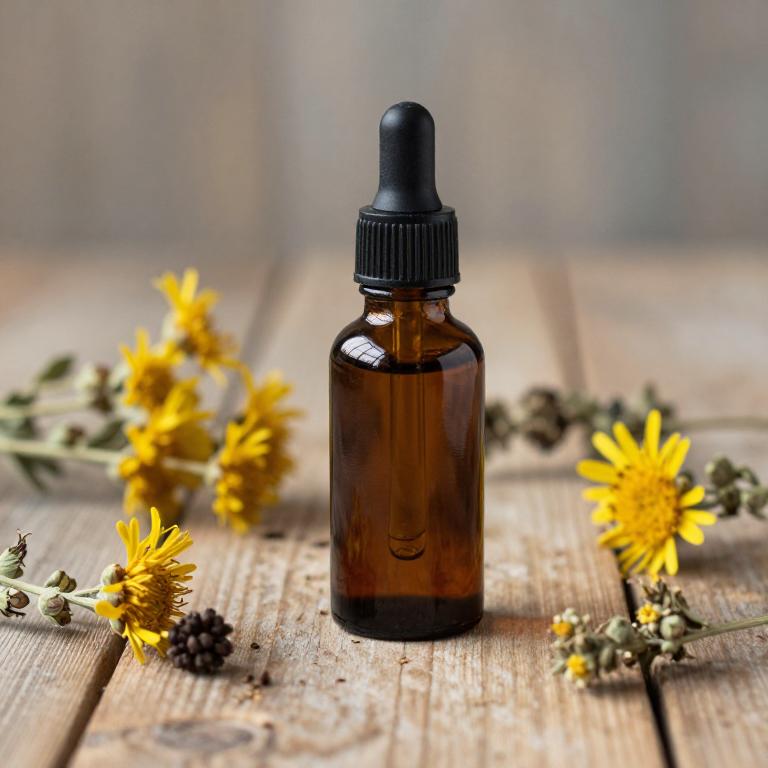
Cnicus benedictus, also known as St. John's Wort, is a herb commonly used in tincture form to address various health conditions, including fungal infections.
Its active compounds, such as hypericin and hyperforin, possess antifungal properties that help inhibit the growth of fungi on the skin and mucous membranes. When prepared as a tincture, Cnicus benedictus is typically applied topically to affected areas, offering a natural alternative for those seeking herbal treatments. The tincture may also have mild antimicrobial effects, supporting the body's natural defenses against infections.
However, it is important to consult with a healthcare professional before using it, especially if you are on other medications, due to potential interactions.
4. Urtica dioica

Urtica dioica, commonly known as stinging nettle, has been traditionally used for its medicinal properties, including its potential to combat fungal infections when prepared as a tincture.
The tincture is typically made by soaking fresh or dried nettle leaves in alcohol, allowing the active compounds, such as flavonoids and alkaloids, to be extracted. These compounds are believed to possess antifungal properties that may inhibit the growth of various fungal pathogens. Some studies suggest that Urtica dioica tinctures may support the body's immune response and reduce inflammation associated with fungal infections.
However, it is important to consult a healthcare professional before using nettle tinctures, as they may interact with certain medications or cause allergic reactions in some individuals.
5. Ginkgo biloba
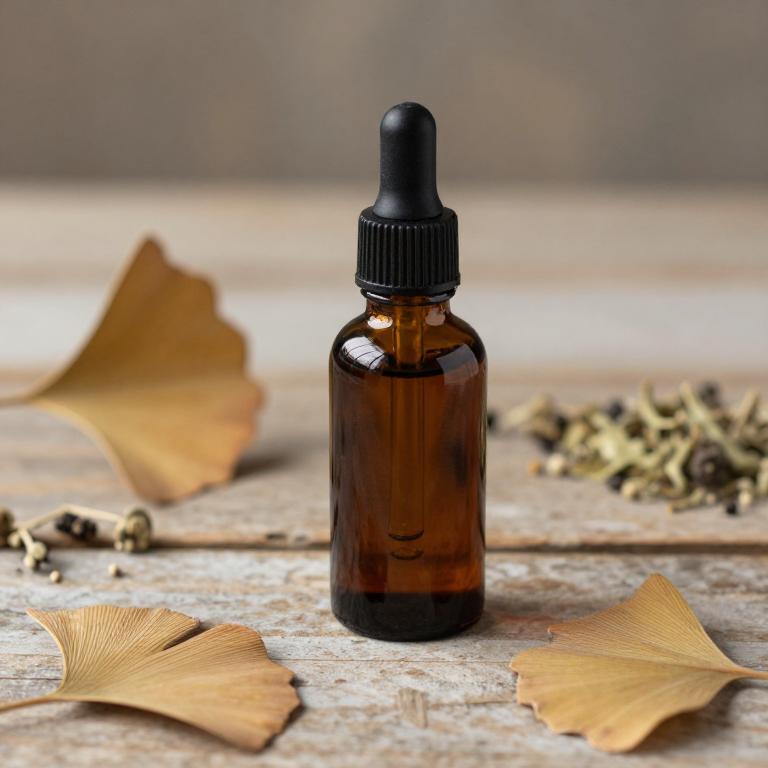
Ginkgo biloba herbal tinctures are derived from the leaves of the ginkgo tree, a plant known for its antioxidant and anti-inflammatory properties.
While traditionally used to enhance cognitive function, some studies suggest that ginkgo biloba may have antimicrobial properties that could help in combating certain fungal infections. The tinctures typically contain extracts rich in flavonoids and terpenoids, which are believed to contribute to their potential antifungal effects. However, it is important to note that scientific evidence supporting the efficacy of ginkgo biloba tinctures specifically for fungal infections is limited and more research is needed.
As with any herbal remedy, it is advisable to consult a healthcare professional before using ginkgo biloba tinctures for medical conditions.
6. Cinnamomum verum
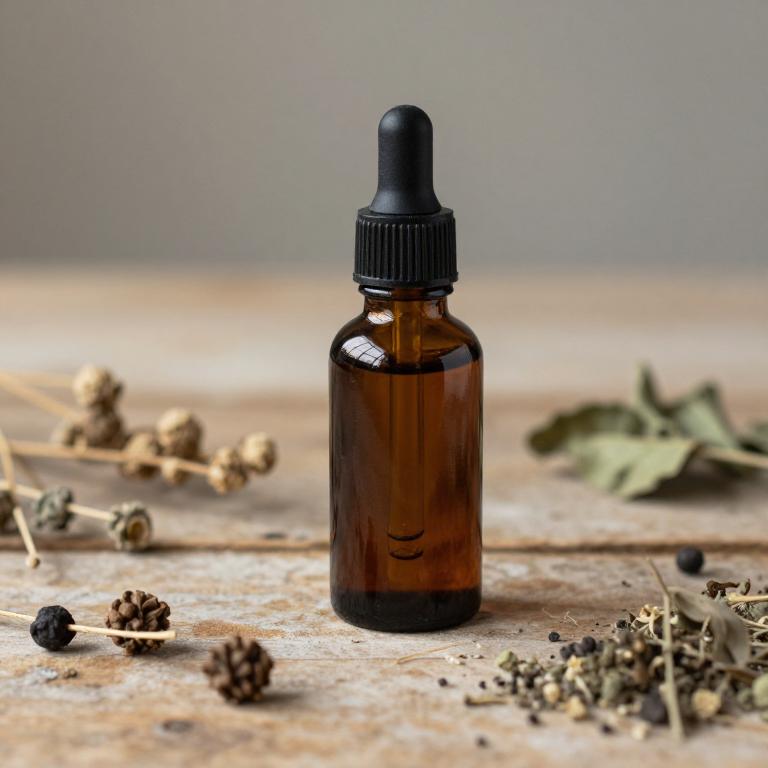
Cinnamomum verum, commonly known as true cinnamon, contains bioactive compounds such as cinnamaldehyde and eugenol, which exhibit antifungal properties.
Herbal tinctures made from Cinnamomum verum are often used to treat fungal infections due to their ability to inhibit the growth of various fungal species. These tinctures can be applied topically to affected areas, such as the skin or nails, to reduce inflammation and promote healing. Some studies suggest that cinnamon may be effective against common fungi like Candida and dermatophytes.
However, it is important to consult a healthcare professional before using cinnamon tinctures, especially if you have underlying health conditions or are taking other medications.
7. Echinacea purpurea
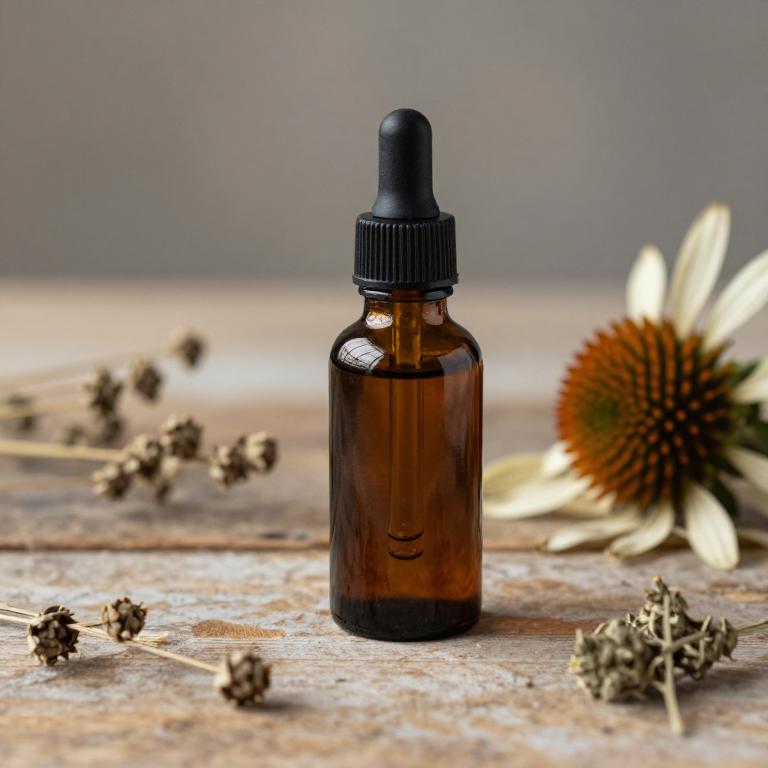
Echinacea purpurea, commonly known as purple coneflower, is a popular herb used in traditional medicine for its potential immune-boosting properties.
While it is often associated with supporting the immune system, some studies suggest that echinacea tinctures may have antifungal properties that could help in managing fungal infections. The active compounds in echinacea, such as alkamides and caffeic acid derivatives, are believed to contribute to its antimicrobial effects. However, it is important to note that while some preliminary research shows promise, more clinical studies are needed to confirm its efficacy against specific fungal pathogens.
As with any herbal remedy, it is advisable to consult a healthcare professional before using echinacea tinctures for fungal infections, especially if you are on other medications or have underlying health conditions.
8. Zingiber officinale
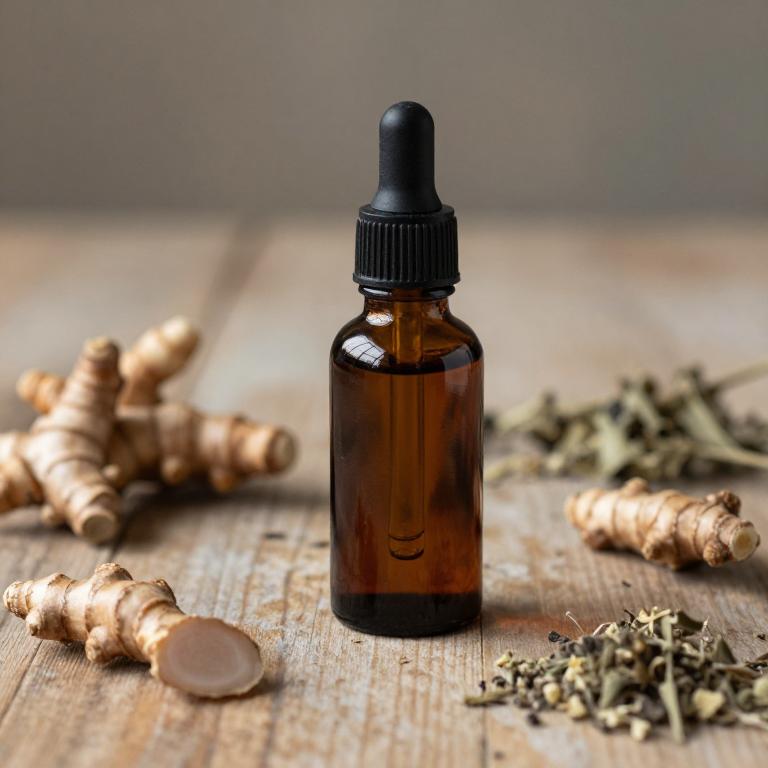
Zingiber officinale, commonly known as ginger, has been traditionally used for its antimicrobial properties, and its herbal tinctures are increasingly being explored for their potential in treating fungal infections.
The active compounds in ginger, such as gingerol and shogaol, exhibit antifungal activities by disrupting the fungal cell membrane and inhibiting the growth of pathogenic fungi. Studies suggest that ginger tinctures may be effective against common fungal pathogens like Candida and Aspergillus, making them a promising natural alternative to conventional antifungal treatments. However, more clinical research is needed to fully understand their efficacy and safety in human applications.
Despite this, many individuals turn to ginger tinctures as a complementary therapy due to their mild side effect profile and potential synergistic effects with other herbal remedies.
9. Curcuma longa
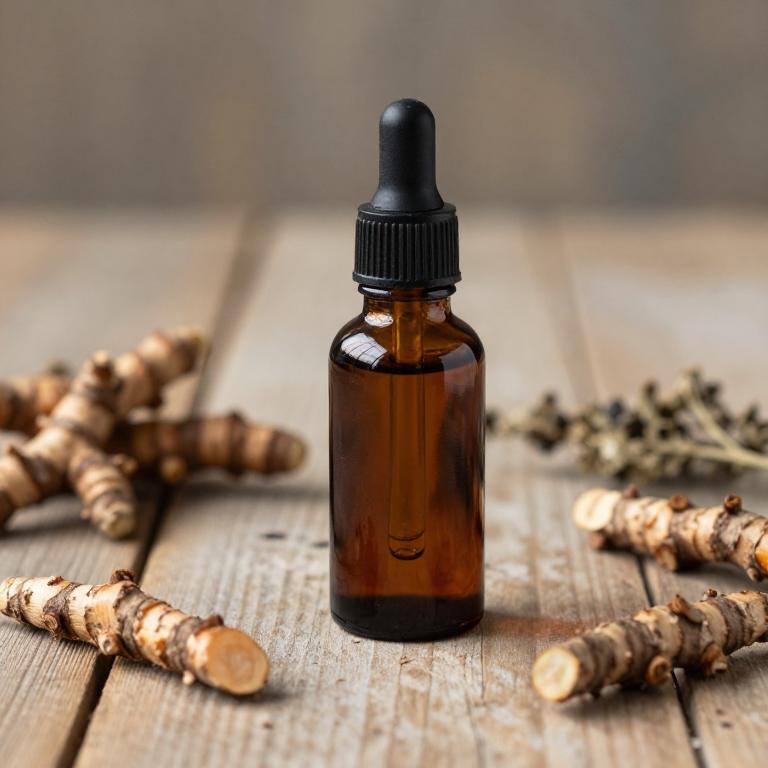
Curcuma longa, commonly known as turmeric, has been widely studied for its potential therapeutic effects, including its ability to combat fungal infections.
The active compound in turmeric, curcumin, exhibits strong antifungal properties by inhibiting the growth of various fungi, such as Candida and Aspergillus. Curcuma longa herbal tinctures are concentrated liquid extracts that can be easily administered and absorbed by the body, making them a convenient alternative to conventional antifungal treatments. These tinctures may be particularly effective when used in combination with other natural remedies or as part of a holistic treatment plan.
However, it is important to consult with a healthcare professional before using curcuma longa tinctures, especially for individuals with existing health conditions or those taking other medications.
10. Sanguinaria canadensis
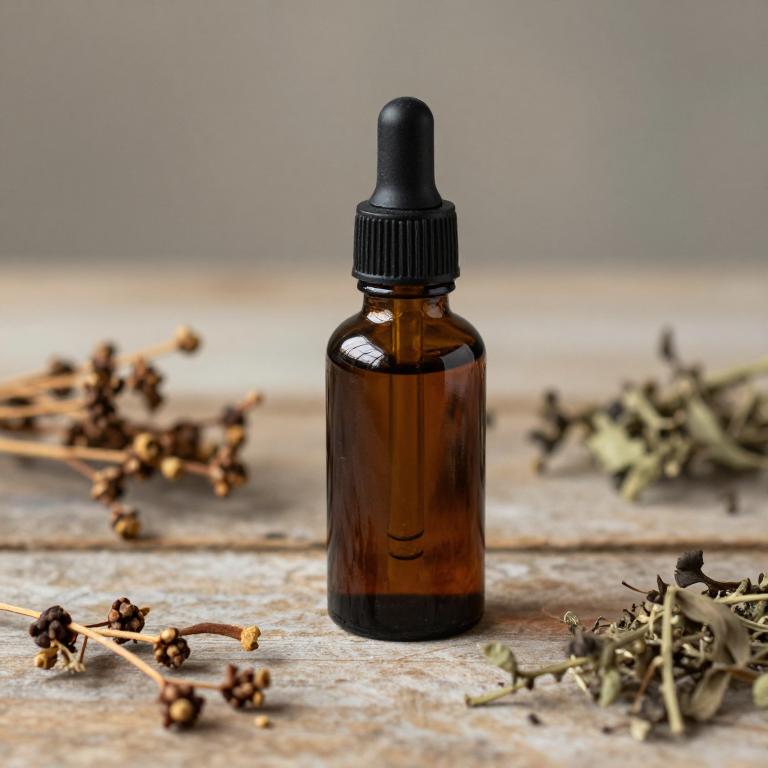
Sanguinaria canadensis, commonly known as bloodroot, has been traditionally used in herbal medicine for its potential antifungal properties.
When prepared as a tincture, it is often utilized to address fungal infections due to its active compound, sanguinarine, which exhibits antimicrobial effects. The tincture is typically made by soaking the root in alcohol, allowing the medicinal compounds to be extracted over time. While some studies suggest its efficacy against certain fungi, it is important to consult a healthcare professional before use, as it may have side effects or interact with other medications.
Overall, Sanguinaria canadensis tinctures are considered a natural alternative for managing fungal infections, though more research is needed to fully establish their safety and effectiveness.